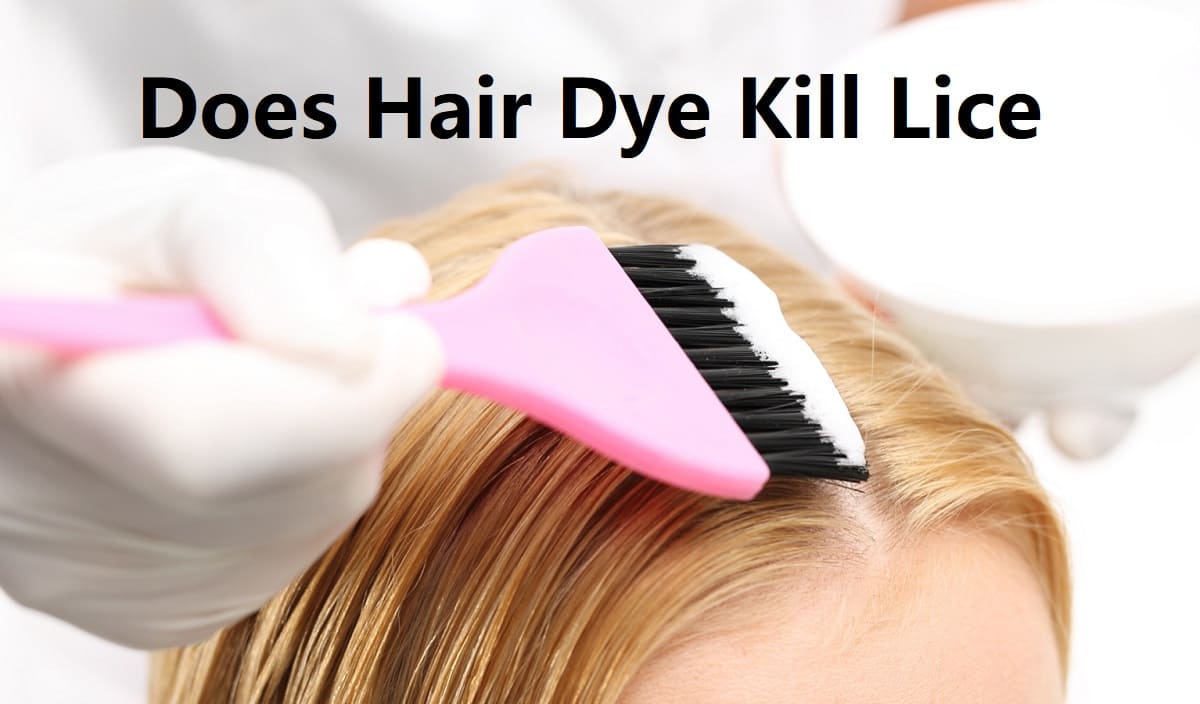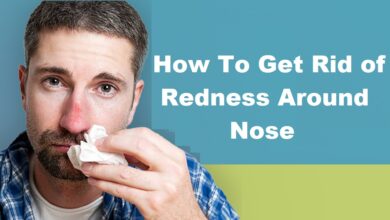Does Hair Dye Kill Lice? A detailed Guide About Hair Dye 2025

Lice infestations can be frustrating and difficult to get rid of. Many people wonder if dying your hair can help eliminate lice. The short answer is no, hair dye does not kill lice. However, some effective lice treatment options can be used along with hair dye to both color your hair and get rid of lice.
Can Hair Dye Kill Lice?
Dying your hair will not kill lice or nits (lice eggs). The active ingredients in hair dye work by chemically altering the hair structure to deposit color. They do not have insecticidal properties. Additionally, lice and nits attach very strongly to the hair shaft – the process of dying hair does not dislodge them.
Some people think that the chemicals in hair dye will “suffocate” lice. However, lice can survive for long periods without oxygen. The dye process does not produce chemicals that are toxic to lice. So even though hair dye makes physical and chemical changes to the hair, it does not affect living lice or unhatched nits.
Why Hair Dye Doesn’t Kill Lice
There are a few key reasons why hair dye is ineffective against lice:
- Lice can close their respiratory openings: When exposed to chemicals or dyes, lice can tightly close their respiratory organs, called spiracles. This prevents chemicals from entering their systems.
- The dye doesn’t remain on the hair long enough: Hair dye chemicals are rinsed off and washed away after the dyeing process. This removes any residues that could potentially kill lice.
- Hair dye only affects the hair shaft: The active ingredients in dye work by binding to the hair shaft to deposit color. They do not penetrate deep enough to reach living lice.
- The wrong chemicals: Hair dye contains chemicals that alter hair color, like ammonia and hydrogen peroxide. These are not formulated to be insecticidal.
So in summary, hair dye is meant to color hair, not kill insects. The application time is too short, and the chemicals do not penetrate where lice reside.
Other Methods to Kill Lice After Dying Hair
If you want to dye your hair and also get rid of lice, you’ll need to use lice treatment products before or after coloring your hair. Here are some options:
Use a Lice Shampoo Before Dyeing
One option is to use a pediculicide shampoo that contains insect-killing ingredients before applying hair dye. These products require leaving the hair soaked for 5-10 minutes to kill lice. Rinse out the lice shampoo thoroughly before applying hair dye.
Some popular pediculicide shampoos include:
- Rid Lice Killing Shampoo with Tea Tree Oil
- Nix Permethrin Lice Treatment
- Vamousse Lice Treatment
Be sure to follow product instructions closely. Using a lice shampoo ahead of time will eliminate live lice and allow you to dye your hair lice-free.
Apply Medicated Hair Products After Dying
Another approach is to dye your hair first, then use a medicated lice removal product afterward. These medicated products continue working for several days after application.
Two options are:
- Lice-killing sprays: These medicated sprays contain insecticides that can penetrate ethelice’s protective outer coating. Some options are Lice MD spray or RID Lice Killing Spray. Follow with combing out dead lice and nits.
- Medicated hair oils: Oils like tea tree oil or coconut oil have properties that kill and repel lice. Apply a medicated oil after rinsing out the dye and allow it to soak before washing out. The oils will continue working for some time after.
Using lice removal sprays or oils after dying hair maximizes contact time and allows the products to penetrate newly colored hair.
Use Lice Combs to Manually Remove Lice
Finally, using specialized lice combs is another way to get rid of lice from dyed hair. There are combs designed to easily grab onto lice and pull them off the hair shaft while leaving the hair intact.
Use a quality metal lice comb on wet, conditioned hair. Pull the comb over small sections from root to tip to remove lice after dyeing. The comb’s tightly spaced tines will catch and extract live lice. Make sure to wipe the comb on a paper towel after each stroke.
Thorough combing can eliminate roaming lice. However, combing alone does not kill lice or unhatched nits. So medicated products are still required.
Dyeing Hair First vs Lice Treatment First
If you want to both color your hair and make sure lice are gone, you have two main options:
- Dye first, then use lice removal products after
- Treat lice first, then dye hair after
Also Read: 3 Main Types of Acne Scars & How to Treat Them All
There are pros and cons to each approach:
Dye first: Gets the desired hair color, but some lice/nits may survive dye chemicals. Need additional anti-lice treatment after.
Treat first: Lice are killed/removed before dyeing. However, some hair loss can occur with chemical treatments. Hair may also interact differently with dye chemicals.
Talk to your hairstylist about which order of operations they recommend based on the severity of lice infestation, hair type, and color treatment.
Cautions When Dying Hair with Lice
If you plan to dye hair that currently has lice, keep these precautions in mind:
- Use gentle, high-quality hair dye products to minimize chemical damage to hair and scalp. Avoid harsh bleach or lighteners.
- Do several lice combing sessions before and after dyeing to manually remove all live lice?
- Be aware hair may interact differently with dye after chemical lice treatment – do a strand test.
- Monitor closely for 1-2 weeks after for any signs of remaining or re-infestation. Re-treat as needed.
- Avoid sharing combs, brushes, hats, pillows, etc., to prevent the spread of lice after treatment.
With care, you can successfully dye hair and get rid of lice. But hair dye alone will not kill or remove lice – a medicated lice removal product is always required. Check with your stylist and doctor to design a customized plan.
FAQs
Q. Does hair dye kill nits?
No, hair dye does not kill nits, the eggs deposited by lice. Nits are very strongly cemented to the hair shaft and are not affected by the dye chemicals. A medicated product or manual nit combing is required to get rid of nits.
Q. Should you dye your hair after a lice treatment?
It’s best to wait at least 24-48 hours after using a chemical lice treatment before applying hair dye. This allows the treatment to continue working. Dyeing too soon can shorten the effectiveness of lice products.
Q. Does hair dye prevent lice?
There is no evidence that hair dye prevents or repels lice. The chemical dyes work by coloring the hair and do not have residual effects. Lice infest clean or color-treated hair just the same. Using medicated shampoos can help prevent lice between salon visits.
Q. Should you dye hair before a lice treatment?
You can safely treat lice in dyed hair. But avoid harsh lighteners or bleaches, which may interact with chemicals and cause damage. Check with your stylist first about the best order of operations for maximum results and hair health.
Q. How long after lice treatment can you dye your hair?
It’s best to wait at least 24-48 hours after using a pediculicide product before applying hair color. This allows enough time for the treatment chemicals to work fully. Always check the product directions for specific guidelines.
Conclusion
While it’s a common question, hair dye does not kill active lice or inactive nits. The dye chemicals only affect the hair shaft and do not penetrate deep enough to impact living lice. However, there are options to get rid of lice infestation and achieve the desired hair color. Using pediculicide shampoo before dyeing or medicated sprays/oils after can allow you to both eliminate lice and color-treat hair. Manual nit combing also helps remove roaming lice from freshly dyed hair. With some caution, planning, and the right products, you can successfully dye hair and get rid of lice for good.



